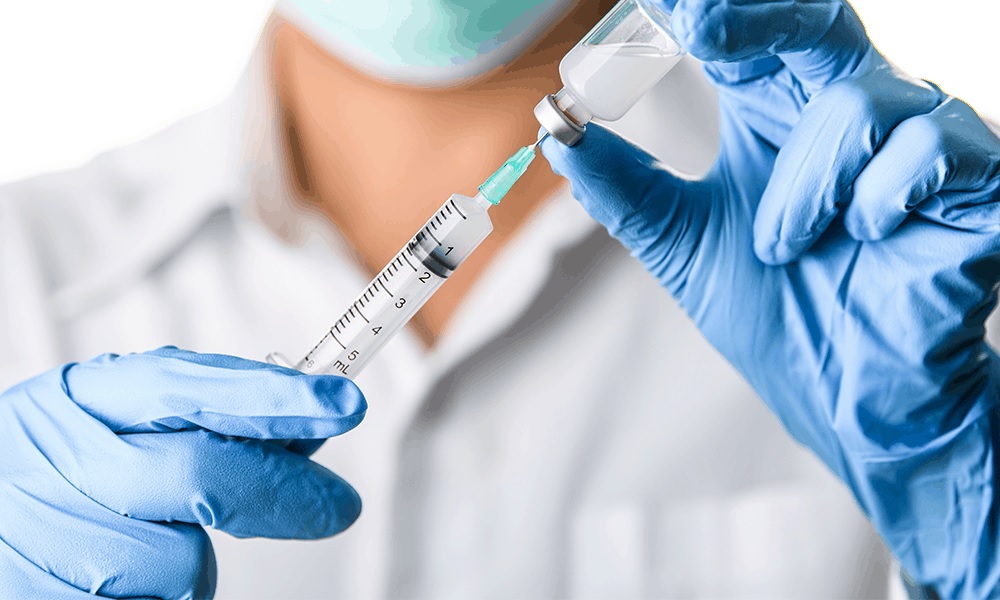In the world of medicine specifically in public health, herd immunity is not a new term. In fact, the term can be dated back in the early 20th century. This term seems to have resurfaced and gotten popular during the early COVID-19 as it is being used as news headlines. Many scientists and researchers have emphasised the importance of herd immunity to fight against COVID-19. However, herd immunity may not be as simple as how it was in the past as we can still see COVID-19 cases in the country even so it is said to be controlled. The question now is, has herd immunity ever been achieved?
First of all, what exactly is herd immunity? Herd immunity is defined as a large part of the population of an area is immune to specific infectious disease. Herd immunity is also known as community immunity. There are two ways to achieve herd immunity. The first way is to develop resistance naturally. This means to expose the body to virus or bacteria and allow the human body itself to create antibodies to fight the infections. The second way is to give vaccines to build immunity in forms of antibodies. The first way emphasises on the natural process of antibodies whereas the second way emphasises on triggering the body’s immune system by giving artificial-intentionally infection in small amounts to produce antibodies.
Herd immunity aims to protect the community from certain infectious diseases. This translates to even not every single individual becoming immune to the disease, the group as a whole do have protection with the fewer high-risk people overall. Herd immunity protects at-risk populations such as those with weak immune systems and young children.
Herd immunity has been achieved with either of the two ways. For example, during the Zika virus outbreak in Brazil. 2 years after the outbreak began, 63% of the population has been exposed to the virus. Researchers considered the community has reached the right level of herd immunity. Another example of herd immunity achieved is polio. Polio vaccination helps to reach the herd immunity and allow eradication of the disease. It is important to get the full course of vaccination so that herd immunity can be sustained for a long time.
Herd immunity is related to R0 or you usually hear as the R-naught during the COVID-19 outbreak. To reach community herd immunity, this depends on the reproduction number or R0. R0 gives information on the average number of people that a single person with a virus can infect if those people are not already immune. The higher the R0, the more people need to be resistant in order to reach immunity.
Over the past 70 years, the herd immunity threshold has been repeatedly questioned even attempts made to control, to eradicate the infectious diseases or to geographically eliminate the disease. This is because some diseases such as respiratory diseases like influenza, have limited durability of immunity after vaccination or infection and the continual antigenic drifting plus occasional pandemic-producing antigenic shifting. Antigenic drift involves the accumulation of a series of minor genetic mutations of the virus whereas antigenic shift involves “mixing” genes from influenza viruses from different species. Plus, the number of unvaccinated individuals makes complete protective herd immunity difficult. Time and human movement with human behaviours also contributes to the difficulty of reaching herd immunity.
In the case of COVID-19, the classic herd immunity concept may not be able to be applied. The main reason behind the possible inability of herd immunity to be realistic is because COVID-19 itself is still a new disease. There are still many unknown things that need to be discovered before herd immunity can be achieved. Researchers have found that through mathematical calculation, to reach herd immunity via vaccination is impossible especially with the current infection level. The original strain has an estimated R0 of 2 to 3 which means a person infected with the virus would spread to two or three other people on average. Assume that we were working with a vaccine with effectiveness of 80%, this would at least herd immunity threshold of 60 to 80%. Bear in mind, this only applies when the original strain of the virus is circulating in the community and this fact alone means we need to vaccinate 60-80% of the whole population before we can see a dropping number of the epidemic. Theoretically said, this is not within reach of human capability and will be made worse as the strain itself often mutates, making the initial vaccine may not be capable of fighting it.
A more broadly protective vaccine may be the key to control COVID-19 and ultimately reach herd immunity. As for now, living with COVID-19 means to optimise population protection even without prohibitive restrictions in daily life. The way to achieve normality is possible without achieving classical herd immunity as long as vaccination and prevention measures are fully utilised. It is worth noting that herd immunity concept differs according to the diseases, severity of the infection and the population itself. It is indeed a complex issue that can be difficult to be fully understood.




